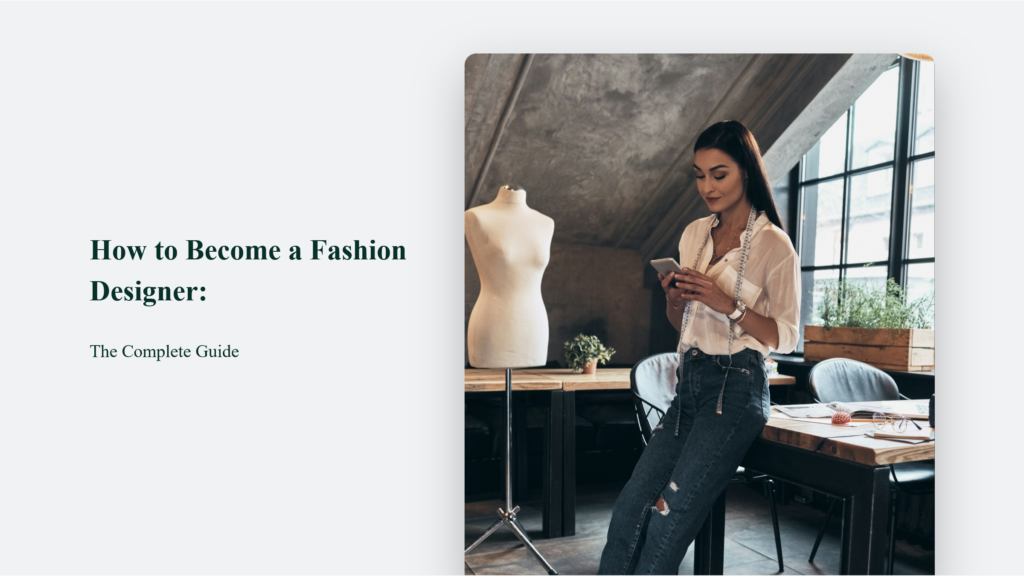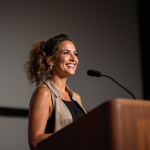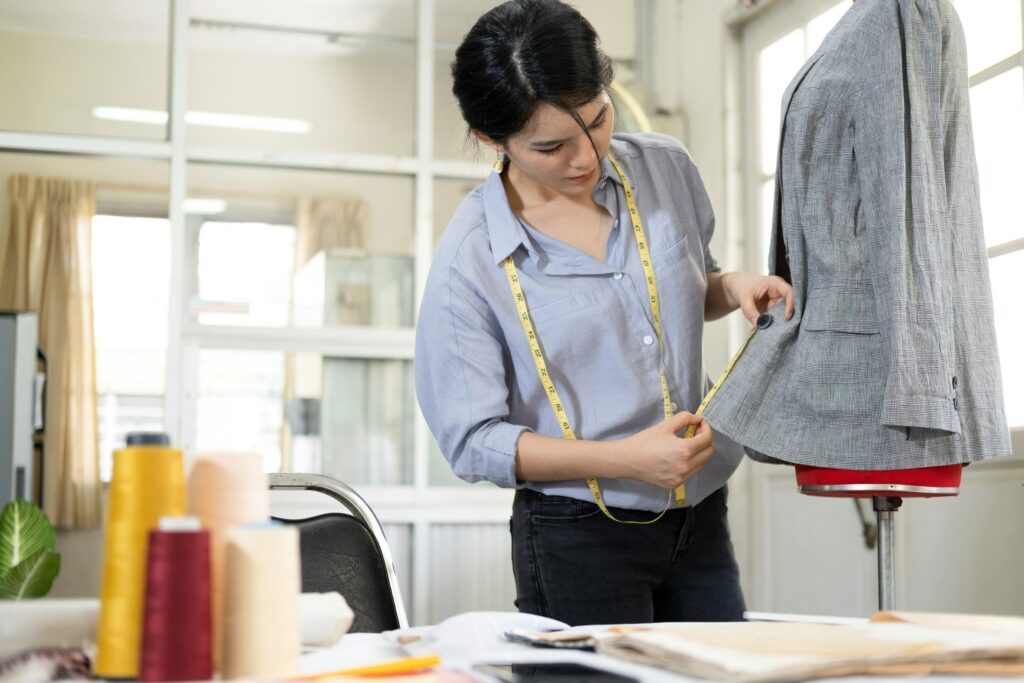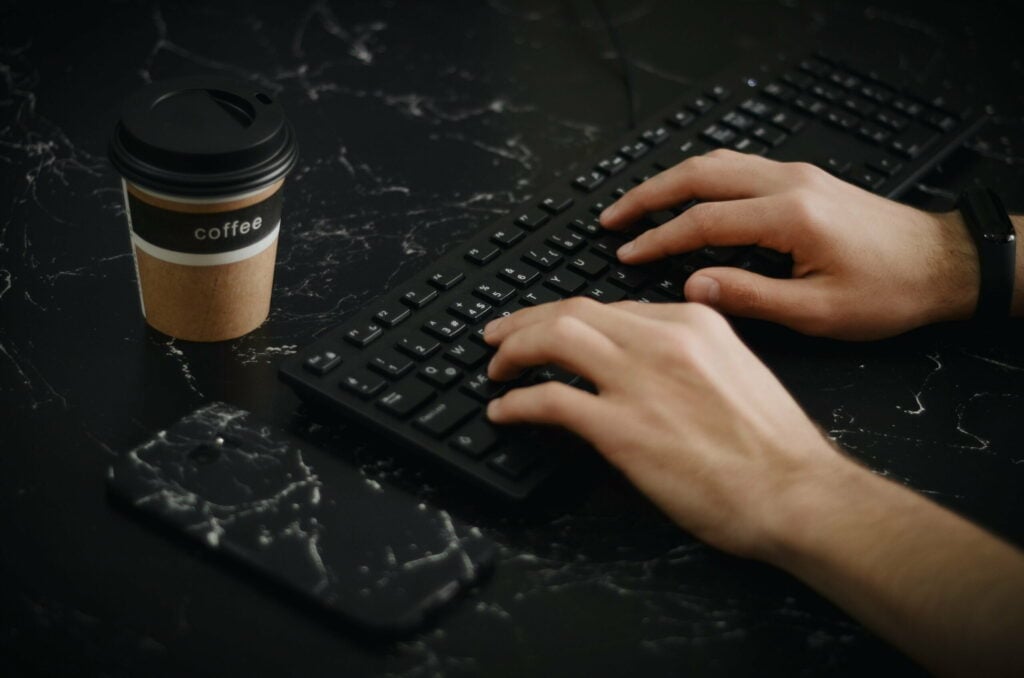Becoming a fashion designer is an exciting career path for creative individuals passionate about style and design. As a fashion designer, you get to bring your artistic vision to life through innovative clothing and accessory designs.
However, establishing a successful career as a designer requires dedication, skill development, and an understanding of the fashion industry. This comprehensive guide outlines everything you need to know on how to become a fashion designer.

How to Become a Fashion Designer:
Step 1: Earn a Fashion Design Degree
While not always required, most aspiring designers pursue a bachelor’s degree in fashion design or a related field like apparel design or merchandising. These 4-year programs teach essential technical skills like sketching, pattern drafting, sewing, and computer-aided design (CAD).
Students also study topics including:
- Textiles and fabrics
- Fashion history
- Trend forecasting
- Business and marketing
A design degree also allows you to build a portfolio – a collection of original sketches, illustrations, and photographs of completed garments. This portfolio is invaluable when applying for internships or jobs post-graduation.
When researching design programs, look for schools with strong industry connections that offer internship opportunities.
Step 2: Gain Hands-On Experience
Experience in the fashion industry is vital, even for recent graduates. Pursue internships at design firms, manufacturers, or merchandising companies to gain exposure and make professional connections.
Entry-level positions like design assistant, patternmaker, or sample sewer also provide on-the-job training. Take on freelance jobs to build your portfolio.
Step 3: Choose a Fashion Design Specialization
Most designers focus their skills and training in a particular area of the vast fashion industry. Common specializations include:
- Womenswear: Designing clothing and accessories for women
- Menswear: Designing clothing and accessories for men
- Childrenswear: Designing clothing and accessories for babies, kids, and teens
- Footwear: Designing shoes and boots
- Accessories: Designing items like jewellery, handbags, hats, and belts
- Technical Design: Creating technical sketches, patterns, and prototypesChoose an area that aligns with your unique interests, style, and talents.
Step 4: Develop Your Design Skills
Master both creative and technical competencies to prepare for a fashion design career. Essential skills include:
- Illustration: Bring design ideas to life through fashion sketches and drawings
- Sewing: Use industrial equipment to sew garments and samples
- Patternmaking: Draft paper patterns used to cut fabric pieces for construction
- CAD: Utilize computer-aided design software to create digital sketches and prototypes
- Trend Forecasting: Predict upcoming styles by analyzing past and current fashion trends
Continuously build on these fundamental skills even after formal education.
Step 5: Create an Eye-Catching Portfolio
A stand-out portfolio is vital for aspiring fashion designers to land jobs and freelance gigs. The portfolio should showcase your unique aesthetic and range of technical abilities.
Include 5-10 examples of your best work, such as:
- Original sketches and fashion illustrations
- Photographs of finished garments you designed and produced
- Patterns and technical drawings
- Details of textiles or embellishments used
- Artwork, paintings, or sculptures (if relevant)
Organize your pieces cohesively to present a consistent personal style.
Step 6: Network, Network, Network
Connections are invaluable for breaking into the competitive fashion industry. Attend trade shows, fashion weeks, industry events, and career fairs to connect with:
- Established designers
- Buyers and merchandisers
- Editors and journalists
- Photographers and stylists
- Potential employers
Social media also facilitates networking – follow industry influencers and companies to stay on their radar.
Step 7: Land Your First Job
Entry-level jobs provide a crucial stepping stone to advance your budding fashion design career. These roles include:
- Design Assistant: Supports lead designers by assembling research, fabric swatches, etc.
- Technical Designer: Creates detailed sketches, patterns, and prototypes for production
- Sample Sewer: Constructs prototypes and samples under a lead designer’s guidance
- Textile Designer: Prints original fabric patterns and designs textiles
Entry-level salaries generally range from $30,000 to $45,000 annually. Designers can progress to higher-paying roles like senior designer, creative director, or brand owner with dedication and skill.
Key Takeaways
Launching a fashion design career takes passion, technical know-how, perseverance, and a stand-out portfolio. Most designers have a bachelor’s degree in fashion or apparel design. Hands-on experience via internships provides exposure to the fast-paced industry.
Choose a specialization that fits your interests and talents. Continuously build your trend forecasting, sewing, CAD, and illustration skills.
Attending industry events and making connections is also critical for aspiring designers. A rewarding, stylish career can become a reality with hard work and dedication to mastering both the creative and business sides of fashion.
Frequently Asked Questions:
What degree do you need to be a fashion designer?
Most fashion designers have a bachelor’s degree in fashion design, fashion merchandising, apparel design, or a related field. These 4-year programs teach technical skills for constructing garments along with business knowledge.
What skills are most important for a fashion designer?
Important skills include illustration, trend forecasting, sewing, pattern drafting, and computer-aided design (CAD). Strong visualization, creativity, communication abilities, and business acumen are also vital.
What is the best way to start a career in fashion design?
Earning a relevant degree, interning at a design house or manufacturer, and continually building your portfolio provides the best foundation. Starting as a design assistant or sample sewer are common entry points.




